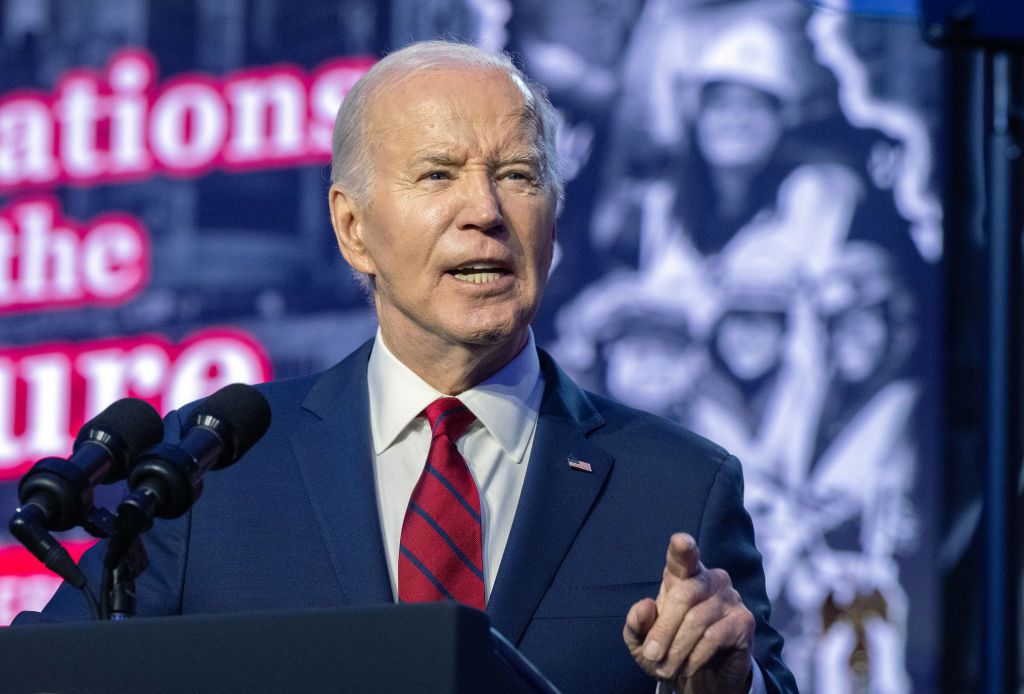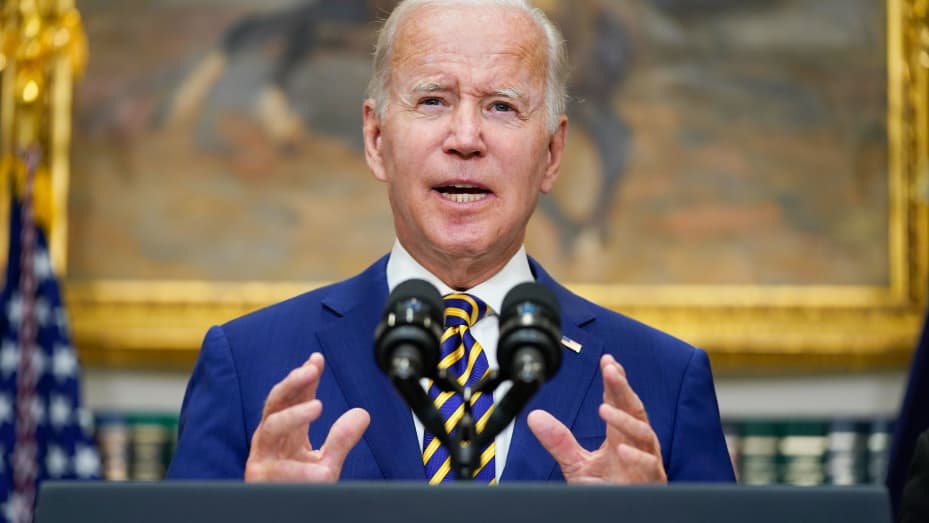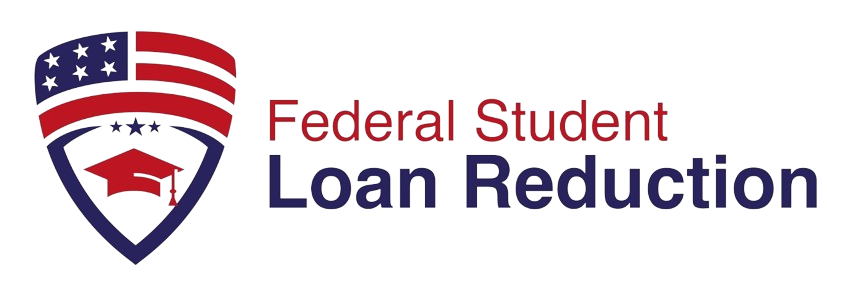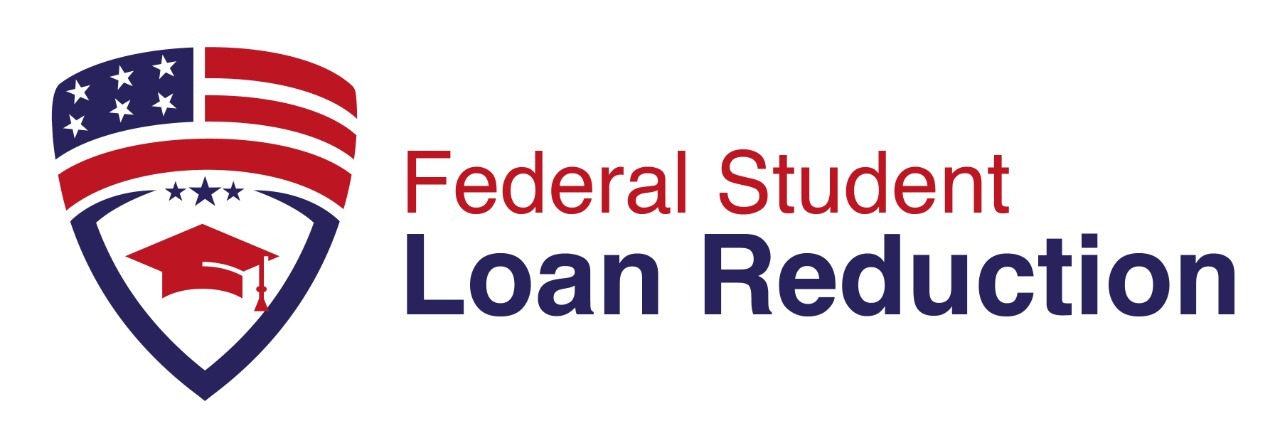Blog

$7.7 Billion Student Loan Forgiveness - Who Qualifies?

$7.7 Billion Student Loan Forgiveness - Who Qualifies?
In a significant move to ease the burden of student debt, the Biden administration has announced a sweeping new wave of student loan forgiveness, amounting to $7.7 billion. This relief aims to help millions of borrowers who have struggled under the weight of student loans. If you're wondering whether you qualify for this forgiveness, read on to get a clear understanding of the criteria and the process involved.
The Key Details of the $7.7 Billion Student Loan Forgiveness
The latest student loan forgiveness initiative is part of President Biden's broader efforts to address the student debt crisis, which has left many Americans financially strained. This round of forgiveness targets specific groups of borrowers who meet particular qualifications. Here's a breakdown of who stands to benefit:
Public Service Loan Forgiveness (PSLF) Program:
The PSLF program is designed for borrowers working in public service jobs. To qualify, individuals must have made 120 qualifying payments while working full-time for a qualifying employer, such as a government organization or a non-profit.
Recent changes and improvements to the PSLF program have made it easier for borrowers to meet the requirements and receive forgiveness. This includes counting previously ineligible payments towards the 120-payment requirement.
Income-Driven Repayment (IDR) Plans:
Borrowers on Income-Driven Repayment plans may also see relief. IDR plans adjust monthly payments based on income and family size, with any remaining balance forgiven after 20 or 25 years of qualifying payments.
The recent announcement includes efforts to address historical inaccuracies and administrative issues that have prevented some borrowers from receiving the forgiveness they were entitled to under IDR plans.
Total and Permanent Disability (TPD) Discharge:
Borrowers who are totally and permanently disabled can have their student loans forgiven through the TPD discharge program. The Biden administration has streamlined the process, making it more accessible for disabled borrowers to obtain relief.
Automatic discharges are now granted for borrowers identified through existing data matches with the Social Security Administration.
Borrower Defense to Repayment:
This program provides relief to borrowers who were defrauded or misled by their educational institution. The Biden administration has approved multiple claims, granting forgiveness to those who attended institutions that engaged in deceptive practices.
Closed School Discharge:
Borrowers whose schools closed while they were enrolled or shortly after they withdrew can have their loans forgiven through the Closed School Discharge program. Recent efforts have focused on granting automatic discharges for eligible borrowers who have not yet applied.
Steps to Determine Eligibility and Apply
If you think you might qualify for one of these forgiveness programs, here are some steps to take:
Check Your Loan Type and Repayment Plan:
Verify that your loans are federal student loans, as these programs generally do not apply to private loans. Check your current repayment plan to see if you are on an IDR plan or another qualifying plan.
Review Employment and Payment History for PSLF:
For PSLF, ensure that your employment qualifies and review your payment history. Utilize the PSLF Help Tool on the Federal Student Aid website to assist with this process.
Document Your Disability for TPD:
If you are applying for TPD discharge, gather the necessary medical documentation or verify if you are already identified through a Social Security Administration match.
Submit a Borrower Defense or Closed School Discharge Application:
For Borrower Defense or Closed School Discharge, submit an application through the Federal Student Aid website. Provide all necessary documentation to support your claim.
Stay Informed on Automatic Forgiveness:
Some borrowers may receive automatic forgiveness without needing to apply, especially under the TPD and Closed School Discharge programs. Keep an eye on communications from your loan servicer.
Conclusion
The Biden administration's $7.7 billion student loan forgiveness initiative is a welcome relief for many struggling borrowers. By understanding the qualifications and taking the necessary steps, you can determine your eligibility and potentially have your student loans forgiven. Stay informed and proactive to make the most of these opportunities for financial relief.
For further information, visit the official Federal Student Aid website or contact your loan servicer directly.
Blog

$7.7 Billion Student Loan Forgiveness - Who Qualifies?

$7.7 Billion Student Loan Forgiveness - Who Qualifies?
In a significant move to ease the burden of student debt, the Biden administration has announced a sweeping new wave of student loan forgiveness, amounting to $7.7 billion. This relief aims to help millions of borrowers who have struggled under the weight of student loans. If you're wondering whether you qualify for this forgiveness, read on to get a clear understanding of the criteria and the process involved.
The Key Details of the $7.7 Billion Student Loan Forgiveness
The latest student loan forgiveness initiative is part of President Biden's broader efforts to address the student debt crisis, which has left many Americans financially strained. This round of forgiveness targets specific groups of borrowers who meet particular qualifications. Here's a breakdown of who stands to benefit:
Public Service Loan Forgiveness (PSLF) Program:
The PSLF program is designed for borrowers working in public service jobs. To qualify, individuals must have made 120 qualifying payments while working full-time for a qualifying employer, such as a government organization or a non-profit.
Recent changes and improvements to the PSLF program have made it easier for borrowers to meet the requirements and receive forgiveness. This includes counting previously ineligible payments towards the 120-payment requirement.
Income-Driven Repayment (IDR) Plans:
Borrowers on Income-Driven Repayment plans may also see relief. IDR plans adjust monthly payments based on income and family size, with any remaining balance forgiven after 20 or 25 years of qualifying payments.
The recent announcement includes efforts to address historical inaccuracies and administrative issues that have prevented some borrowers from receiving the forgiveness they were entitled to under IDR plans.
Total and Permanent Disability (TPD) Discharge:
Borrowers who are totally and permanently disabled can have their student loans forgiven through the TPD discharge program. The Biden administration has streamlined the process, making it more accessible for disabled borrowers to obtain relief.
Automatic discharges are now granted for borrowers identified through existing data matches with the Social Security Administration.
Borrower Defense to Repayment:
This program provides relief to borrowers who were defrauded or misled by their educational institution. The Biden administration has approved multiple claims, granting forgiveness to those who attended institutions that engaged in deceptive practices.
Closed School Discharge:
Borrowers whose schools closed while they were enrolled or shortly after they withdrew can have their loans forgiven through the Closed School Discharge program. Recent efforts have focused on granting automatic discharges for eligible borrowers who have not yet applied.
Steps to Determine Eligibility and Apply
If you think you might qualify for one of these forgiveness programs, here are some steps to take:
Check Your Loan Type and Repayment Plan:
Verify that your loans are federal student loans, as these programs generally do not apply to private loans. Check your current repayment plan to see if you are on an IDR plan or another qualifying plan.
Review Employment and Payment History for PSLF:
For PSLF, ensure that your employment qualifies and review your payment history. Utilize the PSLF Help Tool on the Federal Student Aid website to assist with this process.
Document Your Disability for TPD:
If you are applying for TPD discharge, gather the necessary medical documentation or verify if you are already identified through a Social Security Administration match.
Submit a Borrower Defense or Closed School Discharge Application:
For Borrower Defense or Closed School Discharge, submit an application through the Federal Student Aid website. Provide all necessary documentation to support your claim.
Stay Informed on Automatic Forgiveness:
Some borrowers may receive automatic forgiveness without needing to apply, especially under the TPD and Closed School Discharge programs. Keep an eye on communications from your loan servicer.
Conclusion
The Biden administration's $7.7 billion student loan forgiveness initiative is a welcome relief for many struggling borrowers. By understanding the qualifications and taking the necessary steps, you can determine your eligibility and potentially have your student loans forgiven. Stay informed and proactive to make the most of these opportunities for financial relief.
For further information, visit the official Federal Student Aid website or contact your loan servicer directly.
Contact Us
Contact Us
Have Questions or Need Assistance? Our Team Is Ready to Support You
Disclaimer
Similar to how your accountant works for you on your taxes and not for the IRS or a collection agency, Federal Student Loan Reduction is in no way affiliated with the Department of Education or your Student Loan Servicer, and is not a collection agency.
Federal Student Loan Reduction is in no way sponsored, endorsed, administered by, or associated with Facebook. This offer is fully compliant with Facebook Advertising policies which state, "ads promoting student loan services must be targeted to people 18 years or older. Ads must not promote misleading or deceptive services related to student loan consolidation, forgiveness, or refinancing."
© Copyright 2024 • Federal Student Loan Reduction


